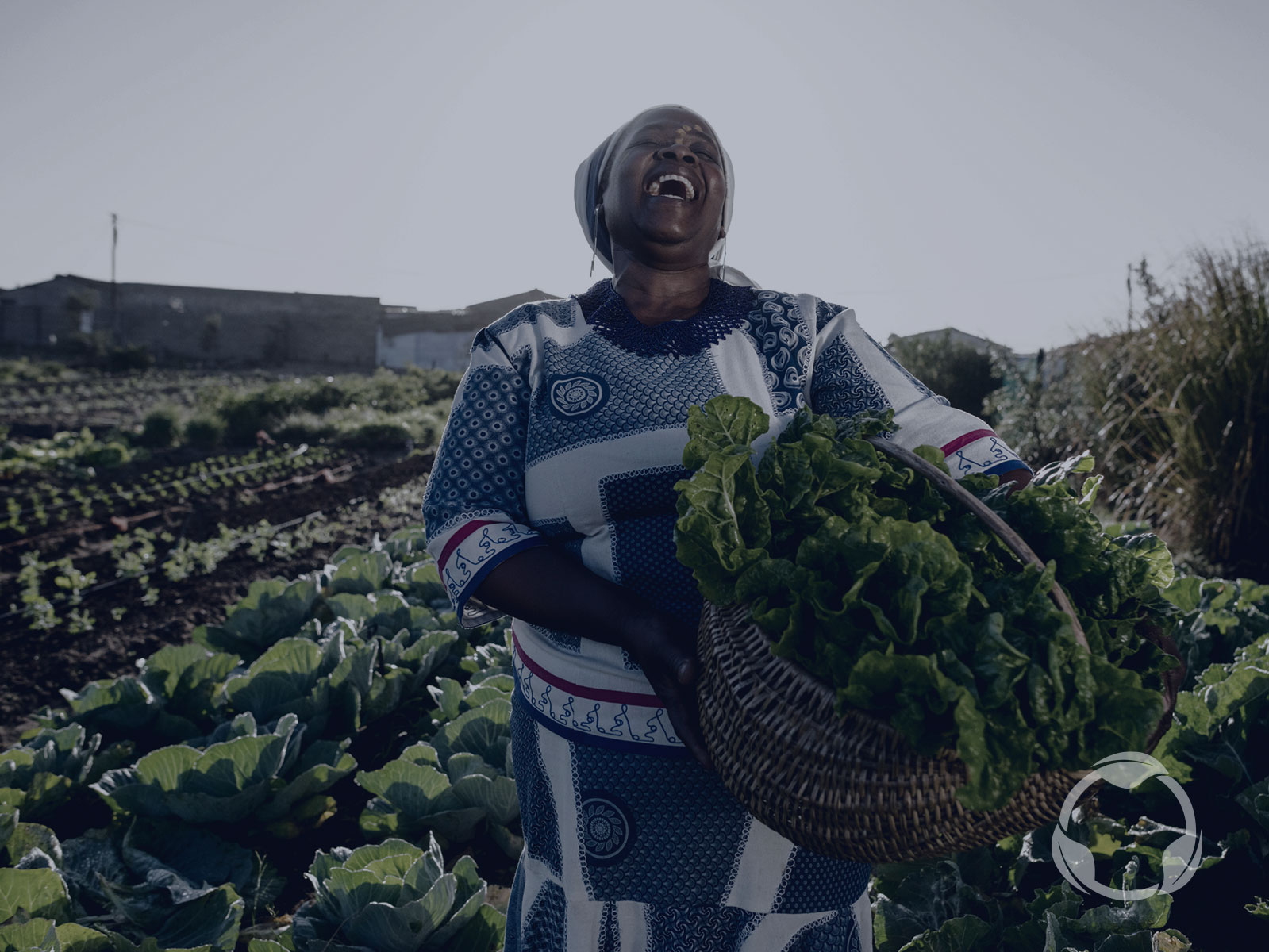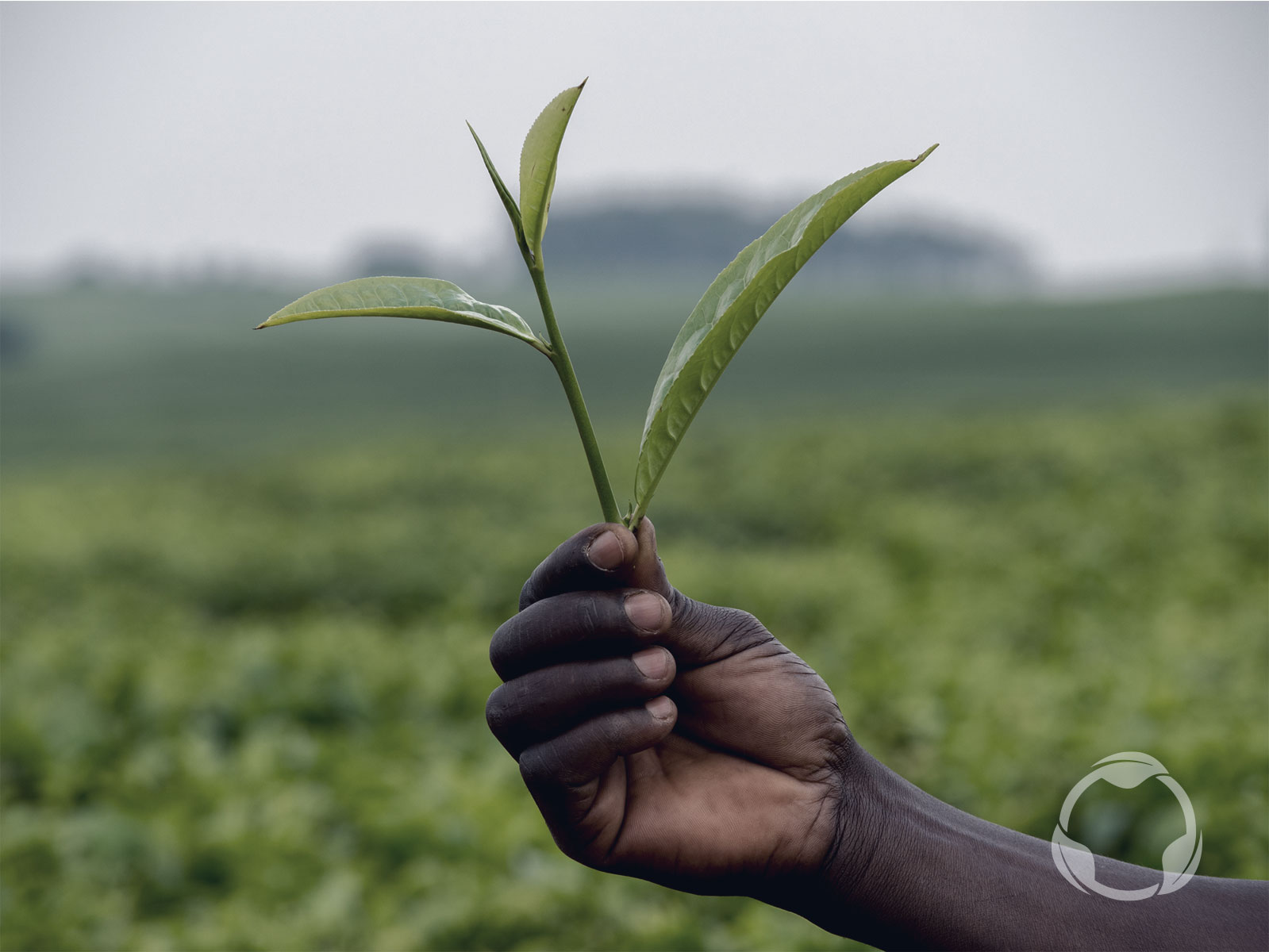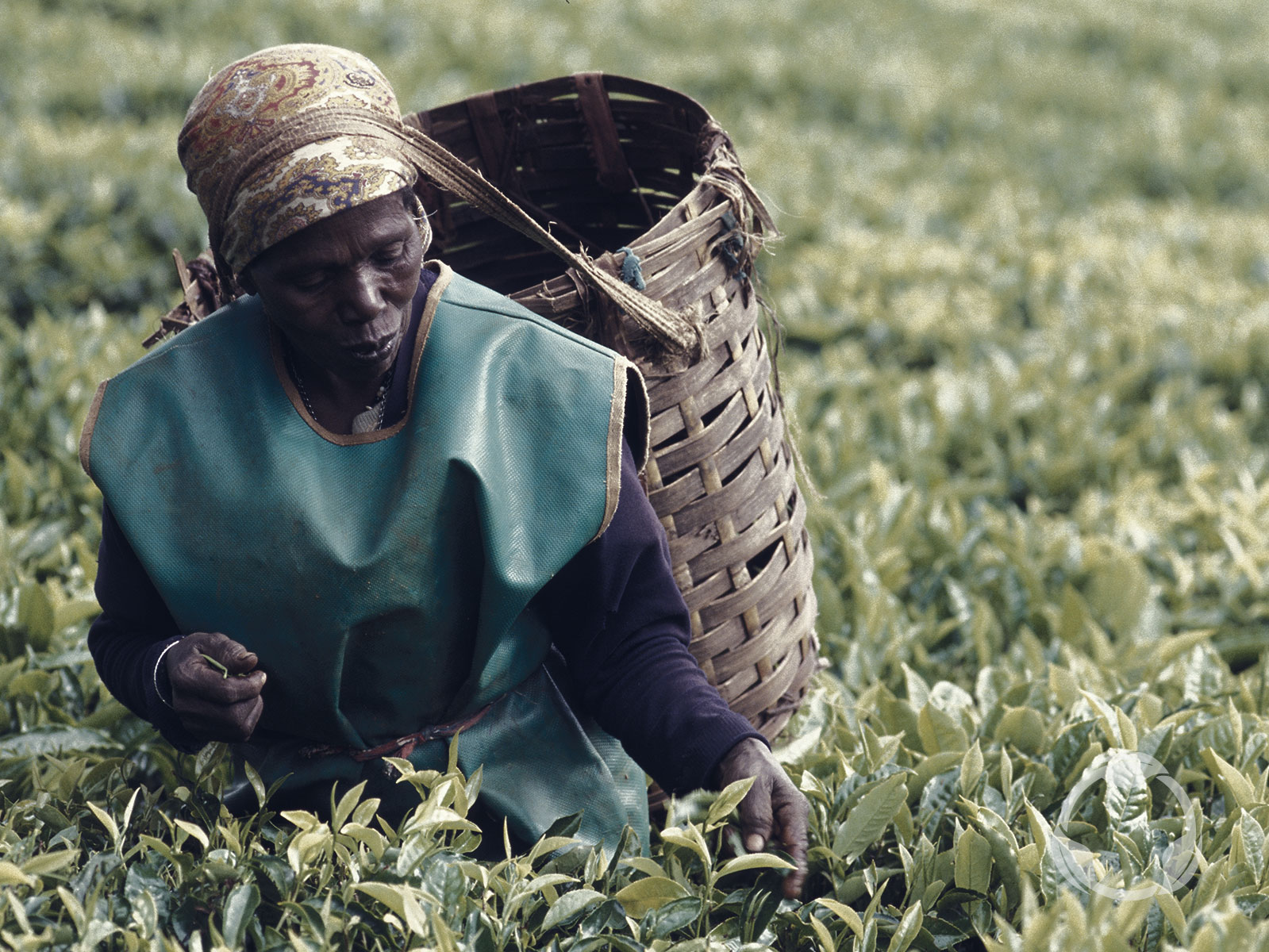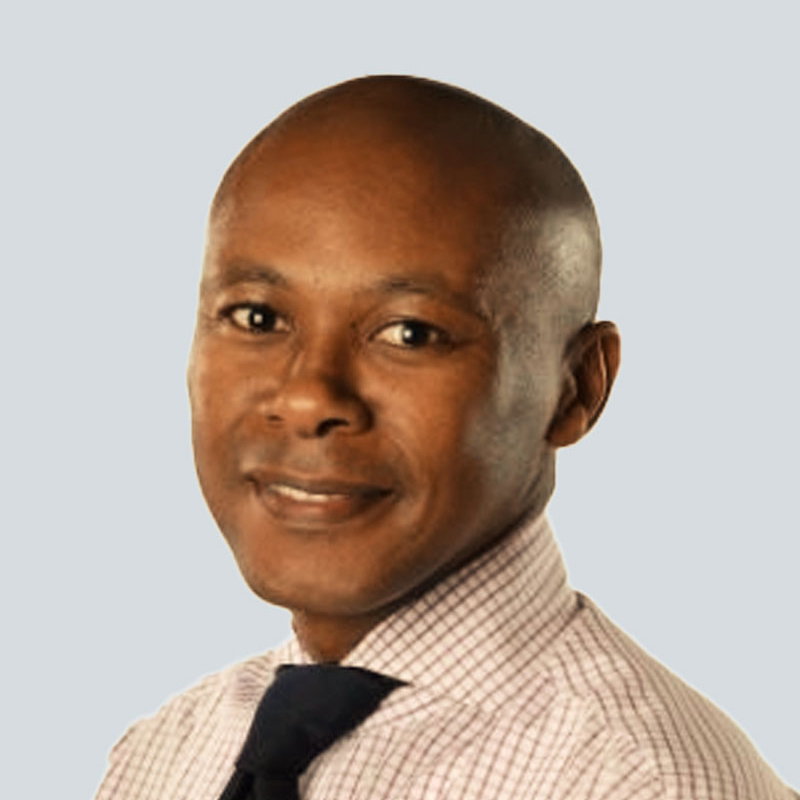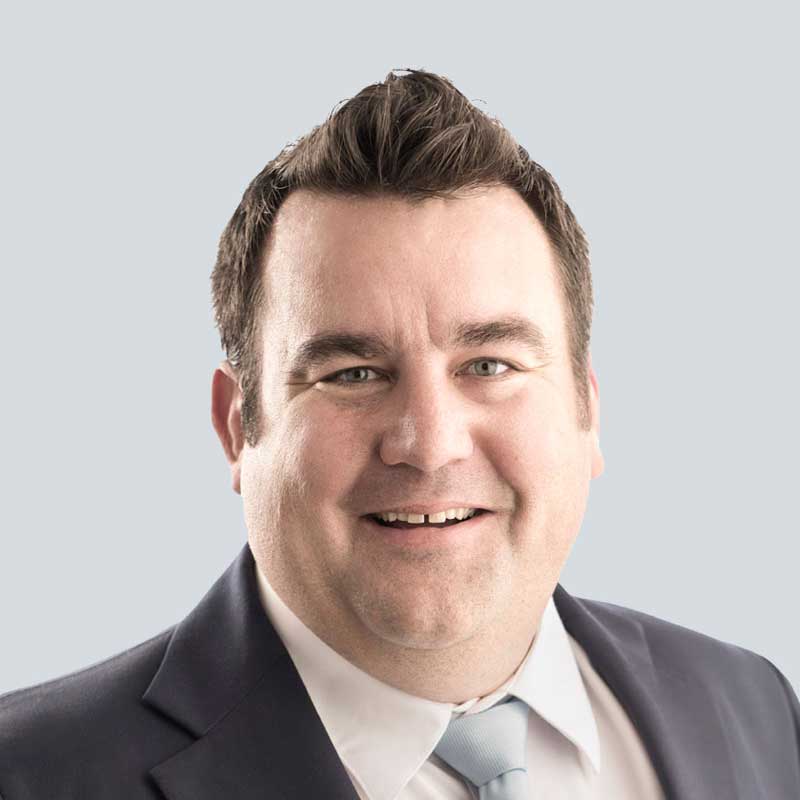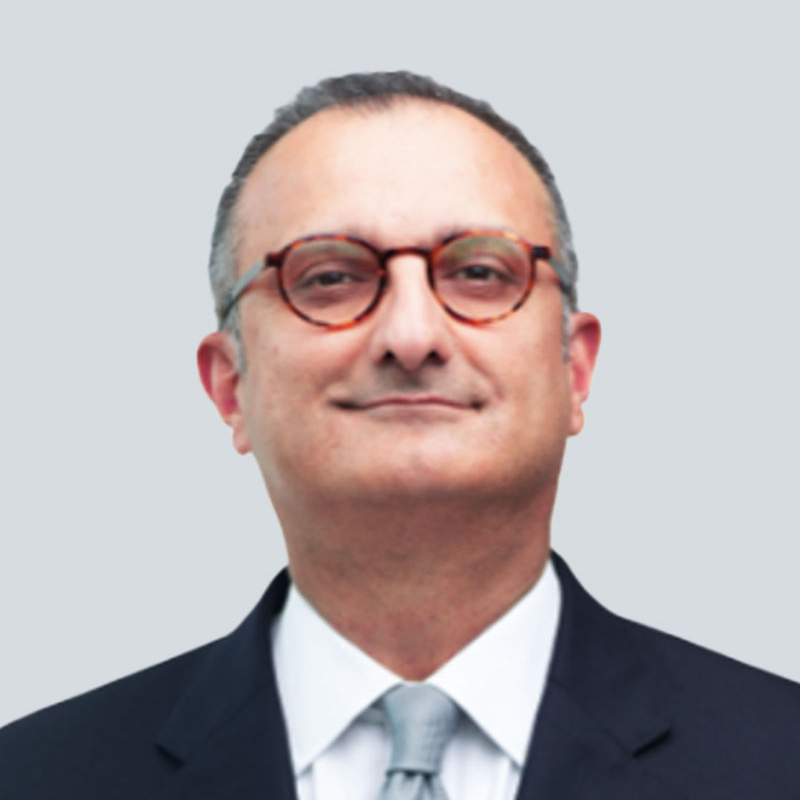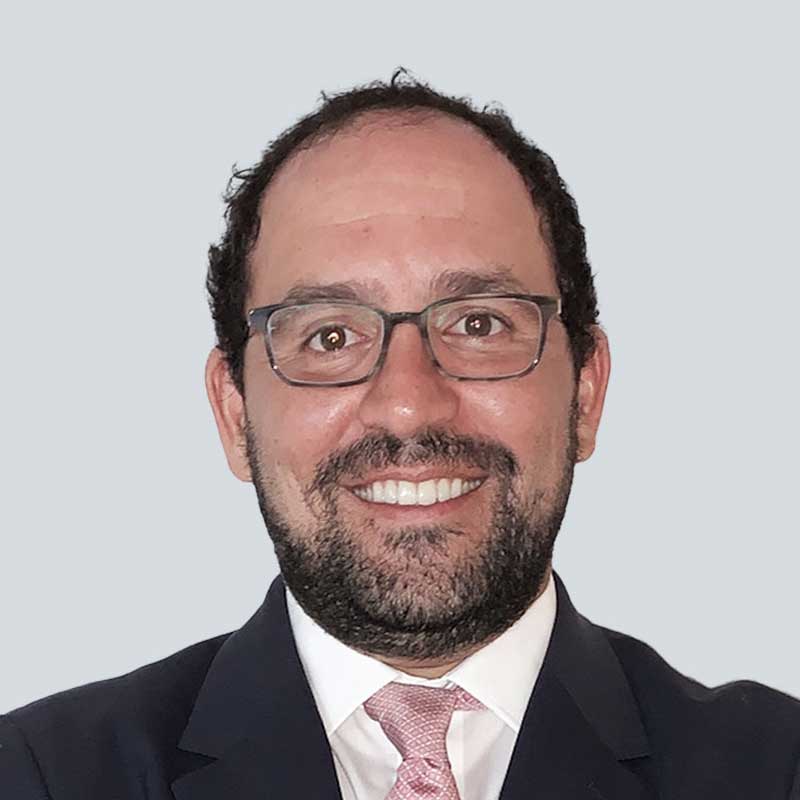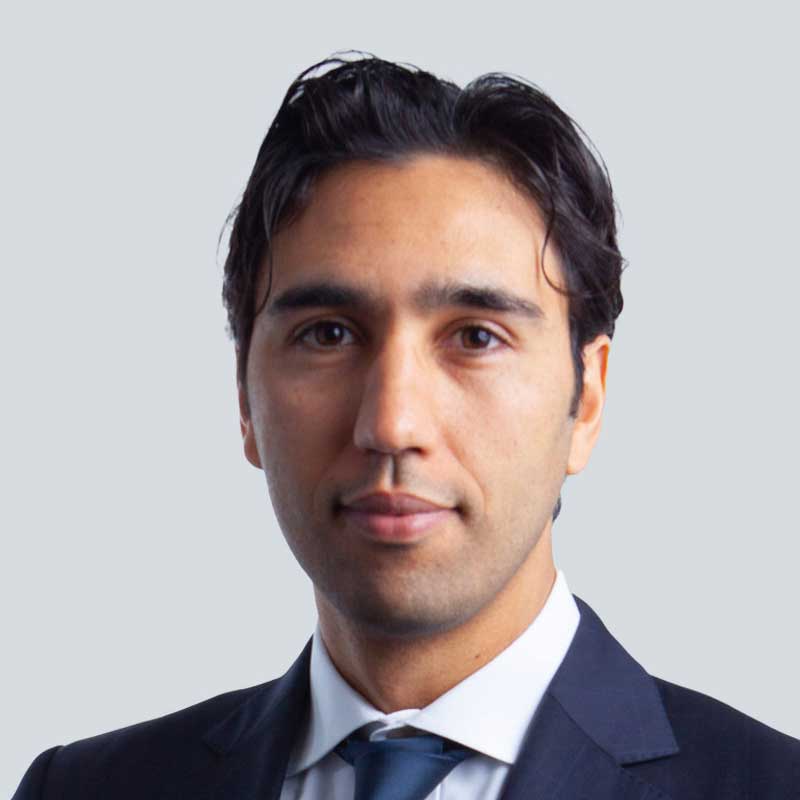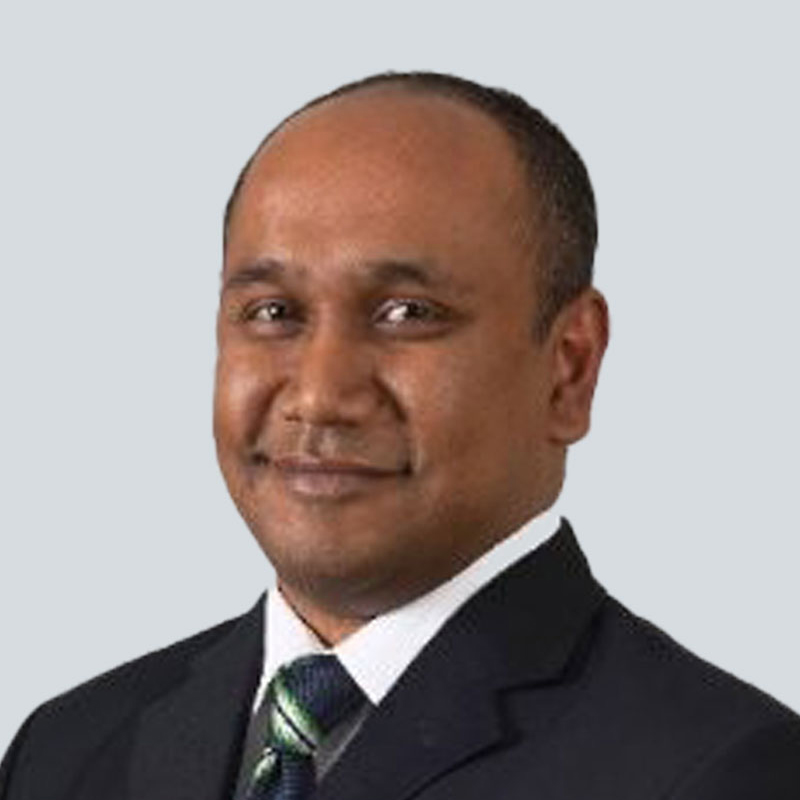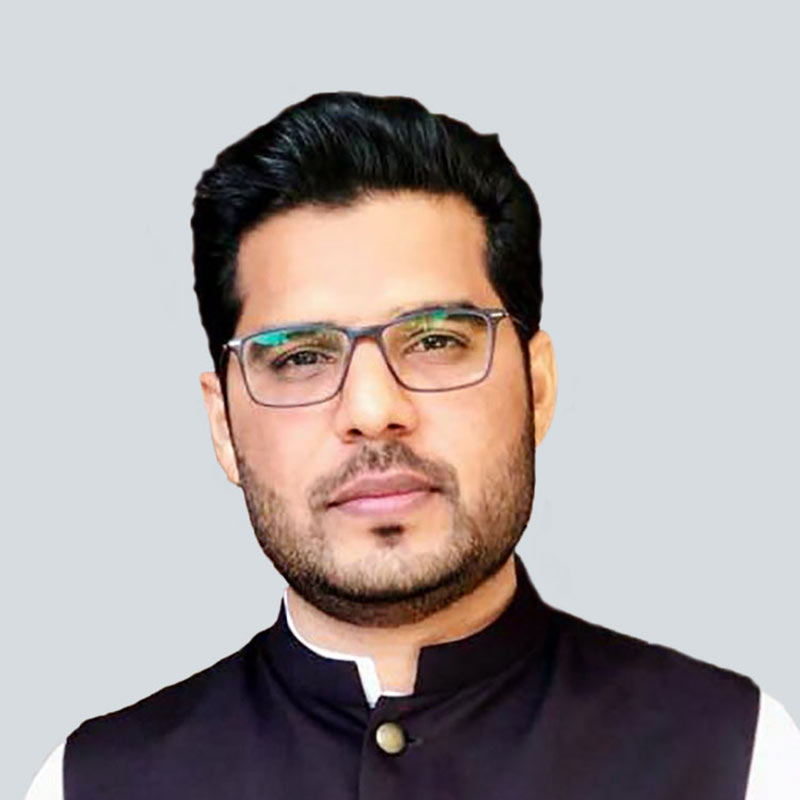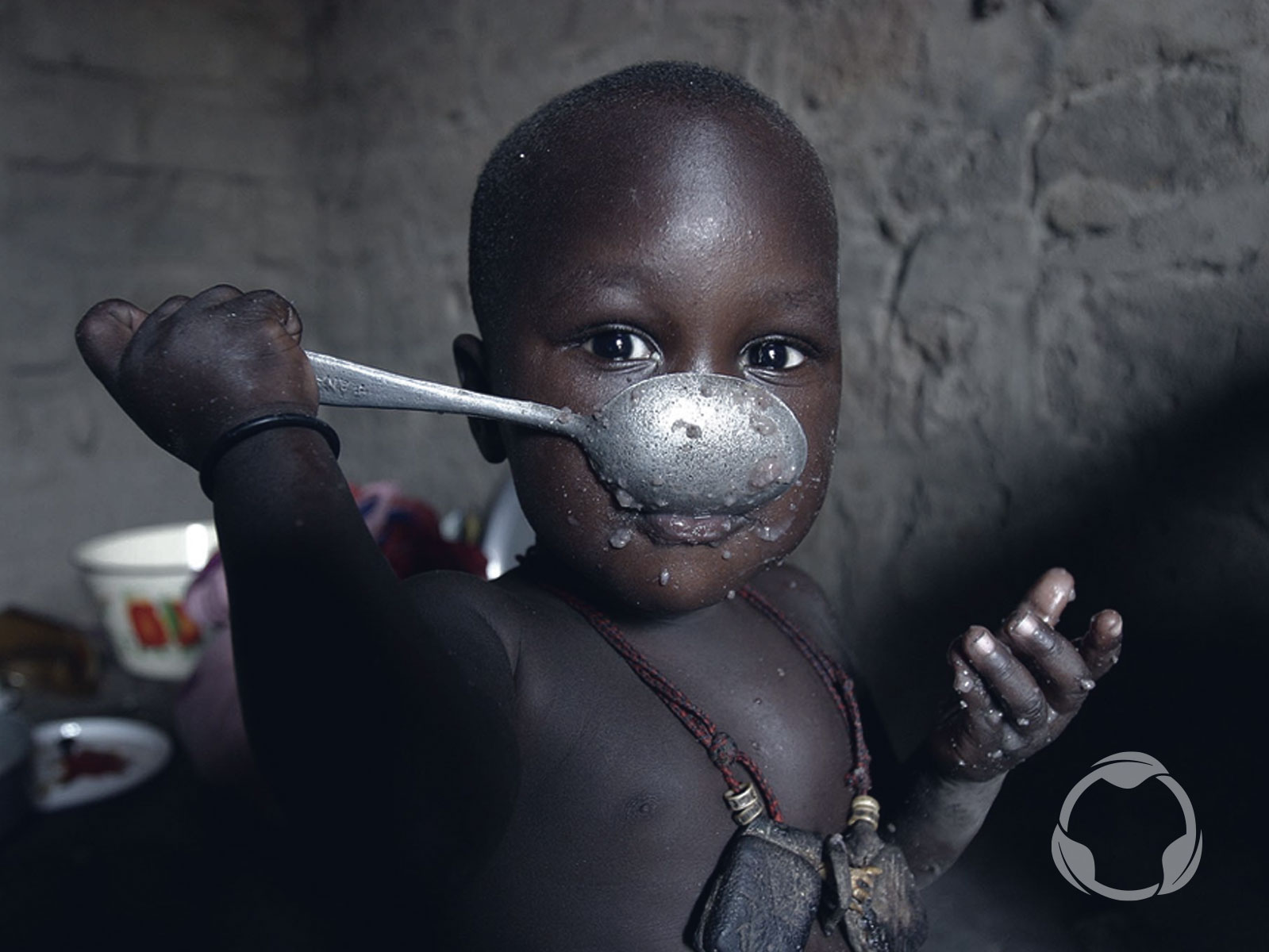
SDG’s Progress: The Good, The Bad and The Solutions (Part 1)
Part 1: How we can end poverty, reduce hunger and increase access to education by 2030
In 2015, the United Nations (UN) announced the Sustainable Development Goals (SDGs) as a call to action for countries, governments, civil society and investors to unite to accomplish 17 global goals to end poverty, protect the planet, and ensure prosperity for all.
Now that we’re four years into the SDGS, how are we doing?
Overall, progress has been made in improving lives indicated by declines in extreme poverty and child mortality rates, greater access to education and employment opportunities, as well as growth in policies that promote sustainable consumption and production.
At the same time, increases in global hunger, rising levels of conflict and displacement, climate change, and persistent inequalities are thwarting, and in some cases, undoing progress. This is especially true for disadvantaged and underserved communities in regions like sub-Saharan Africa.
Let’s take a look at some of the SDGs we aim to target with our investments.
Goal 1: Ending poverty in all its forms everywhere
The first of the SDGs aims to completely eradicate poverty everywhere by 2030. Poverty is more than a lack of income or resources to ensure a sustainable livelihood. It extends to hunger and malnutrition, access to education and other basic services, social exclusion as well as the lack of contribution to decision-making. Poverty is a vicious cycle, caused by a myriad of different but interrelated factors including unemployment, social exclusion, and high vulnerability of certain communities to disasters, diseases and other incidents which prevent productivity or the improvement of people’s livelihoods.
- Key targets by 2030
- Eradicate extreme poverty for all people everywhere, currently measured as people living on less than $1.25 a day.
- Reduce at least by half the proportion of men, women and children of all ages living in poverty.
- Create sound policy frameworks at national, regional and international levels and support accelerated investment in poverty eradication actions.
For full list of targets go to: https://www.un.org/sustainabledevelopment/poverty/
- Progress to date
While extreme poverty has eased considerably since 1990, pockets of the worst forms of poverty persist. According to the latest Sustainable Development Goals Report 2018, the rate of extreme poverty has fallen rapidly, and in 2013 it was a third of the 1990 value. However, progress has been limited in regions such as South Asia and sub-Saharan Africa, which account for 80 percent of those living in extreme poverty.
New risks introduced by climate change, conflict and food insecurity, mean even more work is needed to bring people above the poverty threshold. To do this economic growth must be more inclusive to provide sustainable jobs and promote equality. Economist, Jeffrey Sachs, calculated that to end extreme poverty worldwide in 20 years, the total cost per year would be about $175 billion.
The private sector has an important role to play here, not only as an engine of economic growth but also as a key player in determining whether this growth is inclusive and contributes to poverty reduction. By investing in the right projects, the private sector can promote economic opportunities for the poor, focusing on parts of the economy where poorer people are most active, namely on micro and small to medium-sized businesses as well as those working in the informal sector.
Goal 2: Zero hunger
The second SDG aims to end hunger, achieve food security, improve nutrition and promote sustainable agriculture. A world with zero hunger can positively impact economies, healthcare, education outcomes, equality and social development. It’s an important factor in nurturing a better future for everyone. Additionally, with hunger hindering human development, we will not be able to achieve other SDGs such as education, health and gender equality for example.
- Key targets by 2030
- End hunger and all forms of malnutrition
- Double the agricultural productivity and incomes of small-scale food producers and ensure sustainable food production systems
- Increase investment in rural infrastructure, agricultural research and technology development
For full list of targets go to: https://www.un.org/sustainabledevelopment/hunger/
- Progress to date
After a prolonged decline, world hunger appears to be on the rise again. Globally, one in nine people in the world today, approximately 815 million people, are undernourished. The majority of these people live in developing countries. Conflict and environmental issues linked to climate change are among the major factors causing this about-turn in progress.
Investing into the food and agriculture sector is key to ending hunger and eradicating poverty. To achieve this goal by 2030, an estimated additional $267 billion per year on average is needed. Investments need to be made in rural and urban areas and in social protection, so that poor and vulnerable populations have food to eat and can improve their livelihoods.
Goal 4: Quality Education
Ensuring equitable and inclusive access to quality education is also key to sustainable development. Like ending hunger, accomplishing this goal will allow many of the other SDGs to be achieved. When people are able to access quality education they can break the cycle of poverty. In addition, access to education equips locals with the skills needed to develop innovative solutions to solve some of the world’s most pressing issues.
- Key targets by 2030
- Ensure all children have access to quality early childhood development, and pre-primary education so that they are ready for primary education.
- Ensure all children complete free, equitable and quality primary and secondary education.
For full list of targets go to: https://www.un.org/sustainabledevelopment/education/
- Progress to date
Over 265 million children are currently out of school and 22 percent of them are of primary school age. Approximately half of the world’s youth, including some 400-million girls are not being educated to succeed in the workplace of the future.
The situation is particularly dire in Africa, where the continent is currently in the grips of an education crisis. More than half of children that have not enrolled in school live in sub-Saharan Africa.
Despite commitments to improve access to education by 2030, many African governments have been unsuccessful in funding the ambitious targets of the SDGs. Again, the private sector can play an important role here by continuing to invest resources in the development of educational tools and facilities. While there is still time to address the financing shortfall before the 2030 deadline, this can only be done if investment strategies are embraced with renewed vigour.
The solutions
If we are to achieve the SDGs by 2030 and change the world for the better, then governments, businesses and civil society need to dramatically accelerate their activities and investments. At least a few things need to happen help move things forward.
Firstly, policymakers and investors need to focus less on individual targets and more on the links between the 17 SDGs to create the world we envision by 2030. Most governments manage specific areas of public policy such as healthcare, energy, or agriculture. This allows for better accountability and but the collaboration between sectors often results in unproductive policy actions.
Secondly, we need to find more innovative ways of financing the SDGs, this includes harnessing technology and disruptive business models which provide unprecedented opportunities to redefine and accelerate avenues to development.
Lastly, the investment community needs to better understand how it can measure contributions and progress towards achieving the SDGs. Recognising this need for more transparent and measurable objectives, the Global Impact Investing Network (GIIN), a nonprofit dedicated to increasing the scale and effectiveness of impact investing launched IRIS. IRIS is a catalogue of generally accepted performance metrics that leading impact investors can use to measure social, environmental, and financial success, evaluate deals, and grow the sector’s credibility.
But impact investors alone can’t achieve the SDGs. It’s only when investors act together with local policymakers, civil society organisations, broader capital markets, and other influential actors, that we can create the systemic change needed to achieve the SDGs and contribute to a better future for all.
Explore additional resources on the SDGs & impact investing:
GIIN – Achieving the Sustainable Development Goals: The Role of Impact Investing
IRIS metrics aligned to the Sustainable Development Goals (SDGs)
